SPARRING TOUR 2009
Barraca Vorticista, Buenos Aires.
This article was written in the context
of SPARRING TOUR 2009
In Buenos Aires and throughout Argentina, we have entered into a contemporary art clinic spiral. The supply (detached from demand) is telling about a particular phenomenon: the pedagogical value construction.
I will address these issues in the present series of articles.
The visual arts clinic shares with the music clinic (a guitar clinic, for instance) a medical practice idea: diagnosis and specific treatment. This is the reason, why it does not have the vertical knowledge transmission structure, which distinguishes any seminar or lecture, but their effective implementation: a double-edged sword because it leaves freedom to apply the recipe or understand the proceedings.
Also we will appraise whether (unlike the workshop) the art clinic does not have a progressive pretension to teach something that it does not know or -instead- the industrialist exploit to improve supply chains.
My hypothesis is that behind this phenomenon is an implicit recognition of knowledge incompleteness and -in this sense- a parallel construction to its transmission through unconstrained systems poles apart from the late-modern academia. This is relevant because it implies effective action on plans and programs which shape the way knowledge is used by institutions to feed the need of more institution.
The strategy, perhaps fortuitous, is impeccable: the exhaustion of inventive critical mechanisms (otherwise willful); discredited by repetition those critics which satirized the methods and, finally, understood the inherent resistance of institutional editorial changes, the clinic rescues exercise as a method.
But the clinic is not naive. It takes advantage of anxiety and prestige. It can be found, in the artists, a combined state of expectation, unease and surplus capacity, all which allow a strategic withdrawal to polish objectives and modes of artistic and discursive production.
The clinician (those who impart it), meanwhile -in their very different nature- are the ones who have built a name (brand-making) in their expertise areas and their actual curriculum (things done) are dimensioned in expanded areas of visibility: a fact (an exhibition, a piece, an intervention) has an influence echoing itself, avoiding obsolescence by forcing to induce its significant review.
In Argentina, there is much advanced: the art system has developed into a three rang scheme (major cities, strategic alliances and local scenes) which is the result of a continuous account of interventions such as Espigas, Antorchas, Trama, Kuitca Grant, Entrecampos, etc.
These interventions had a master plan and very specific objectives and, at the same time, helped to open new spaces, thanks to the so-called imposition-resistance balance, which led to an effective discussion of symbolic and economic value notions. This dispute led also to a democratization and arguable growth on structure value and the decision criteria.
This is how we are now, the climate favors the clinic autonomy.
Jorge Sepúlveda T.
Independent Curator
Buenos Aires, april 2009
[like]
Galería de Imágenes / Image Gallery

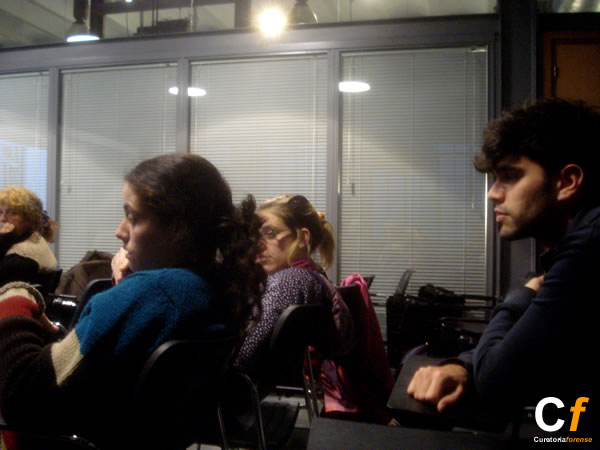
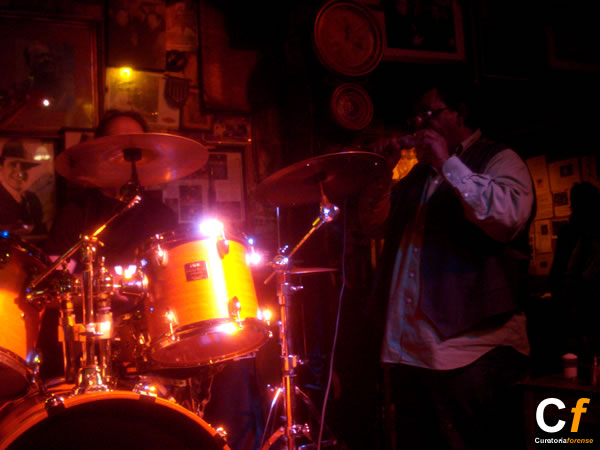
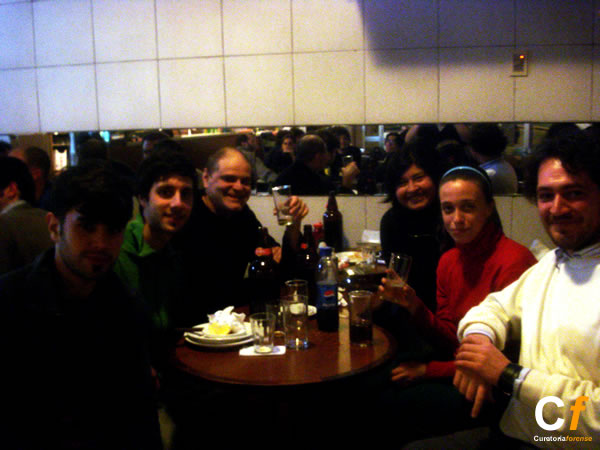
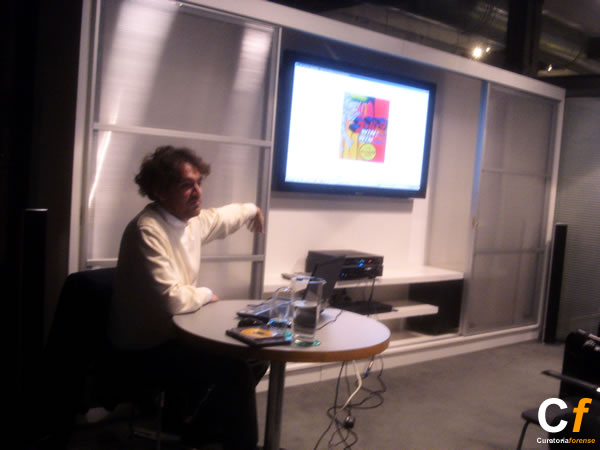


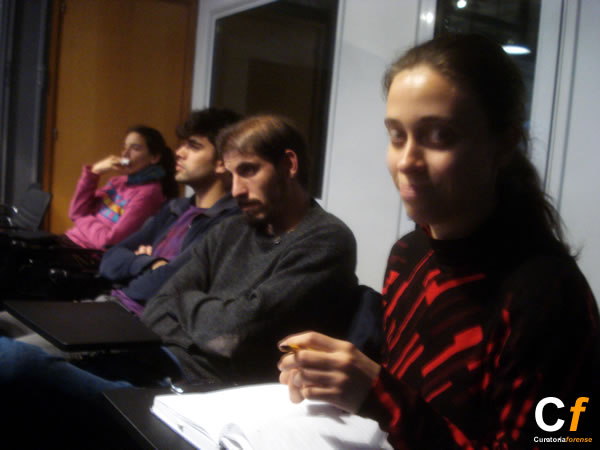
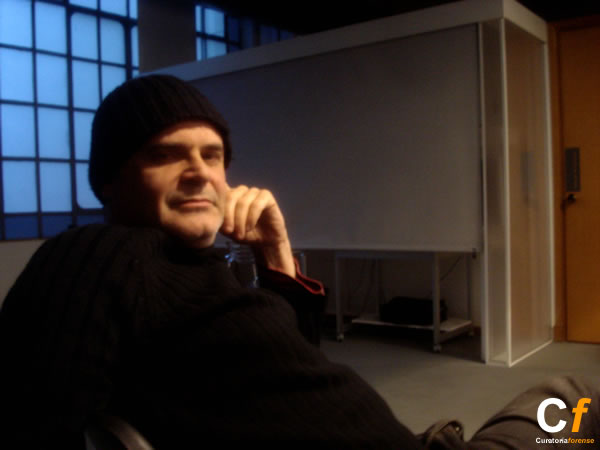


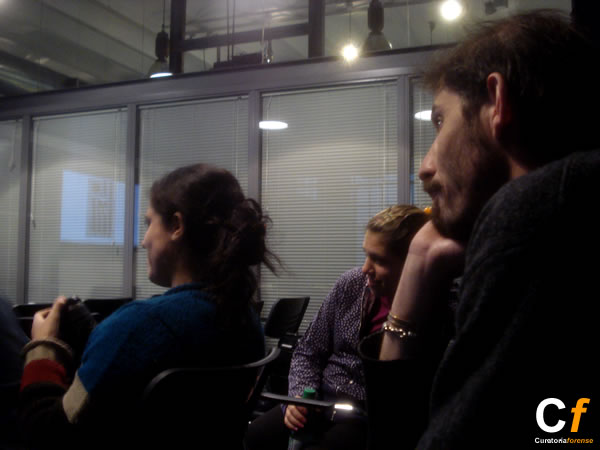
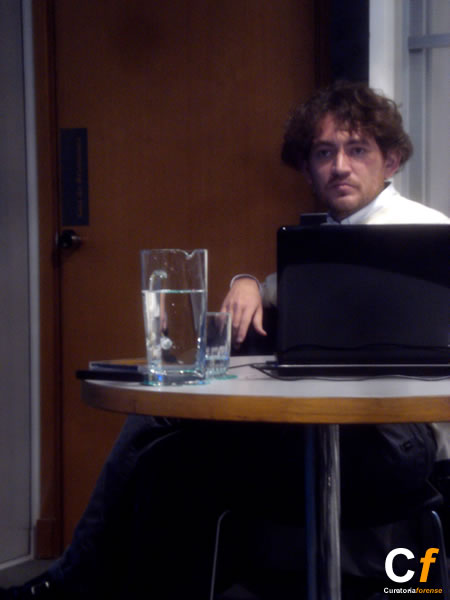
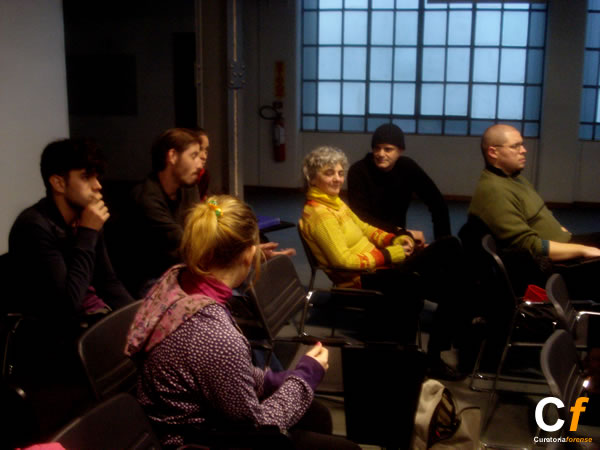
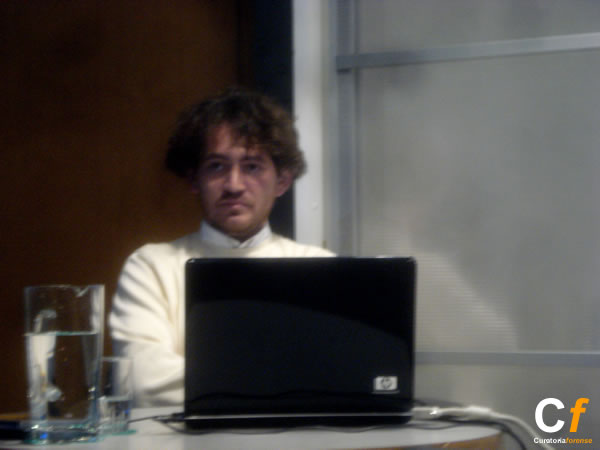



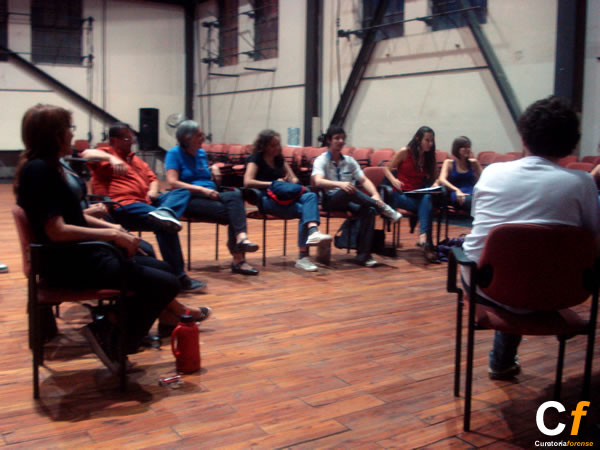
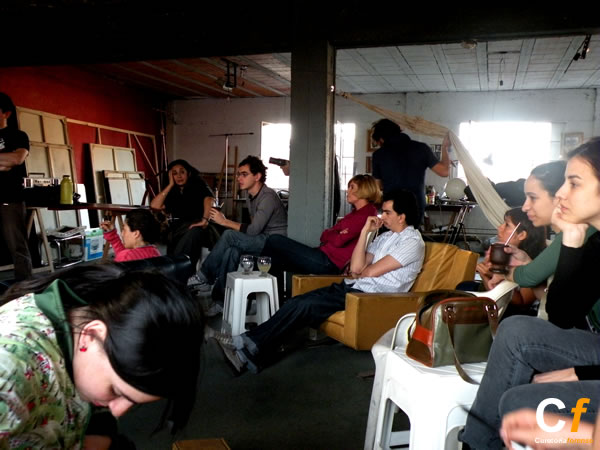


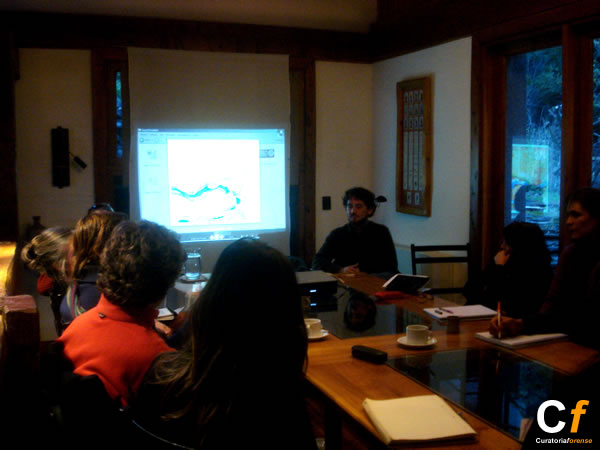



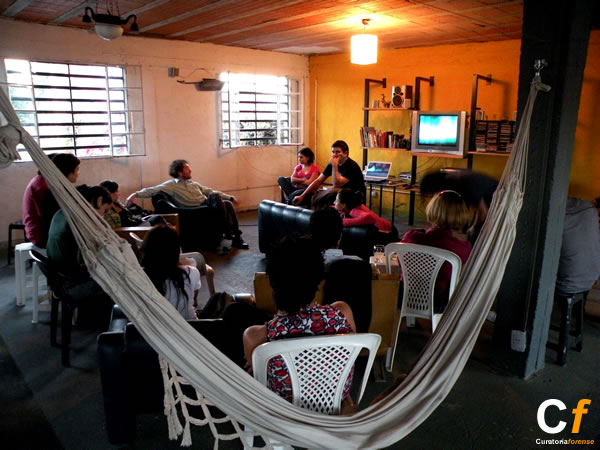
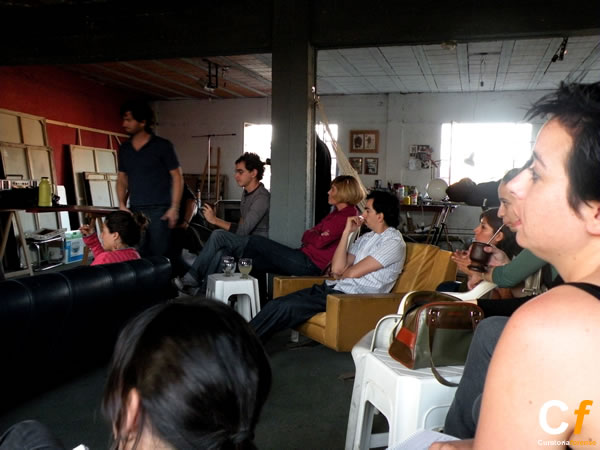
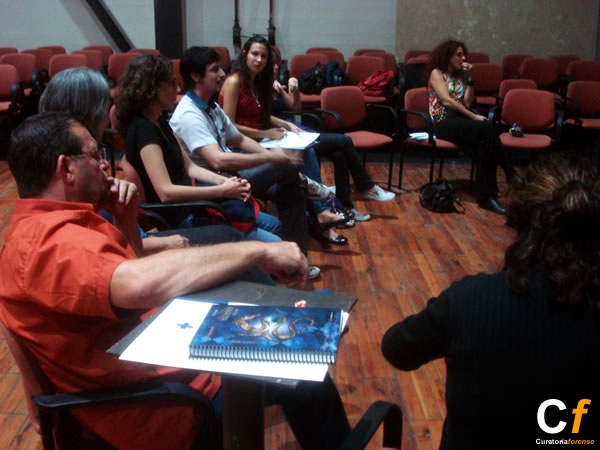

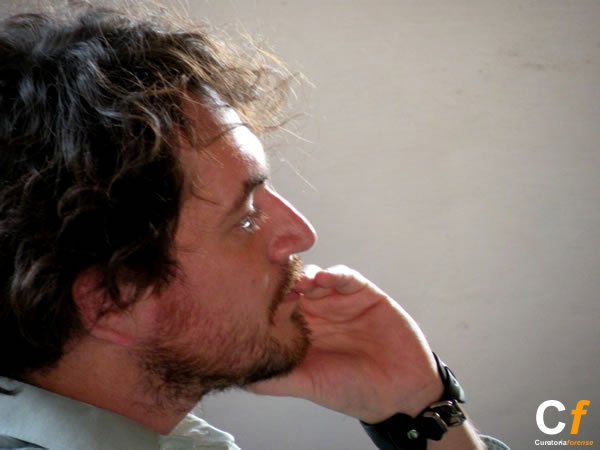
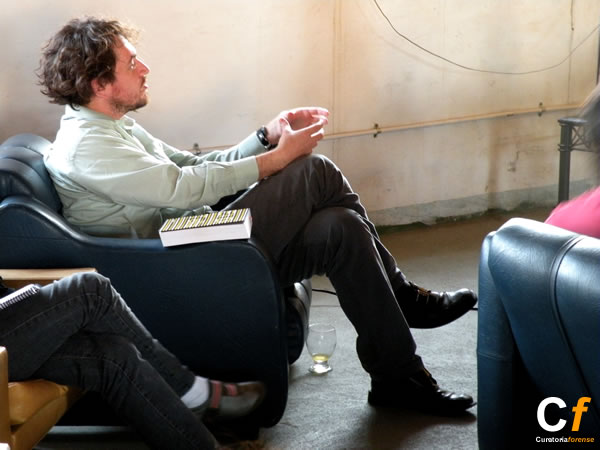
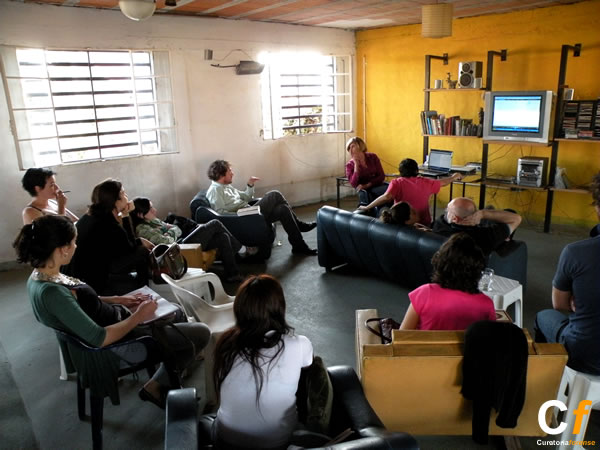
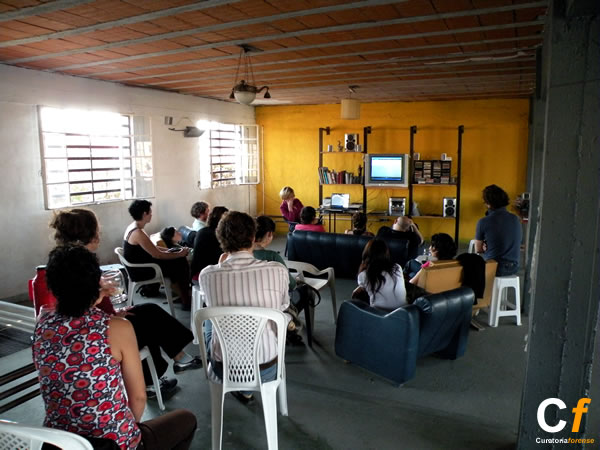


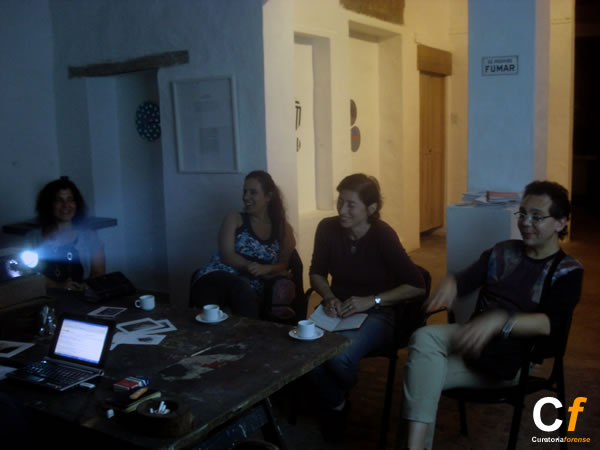


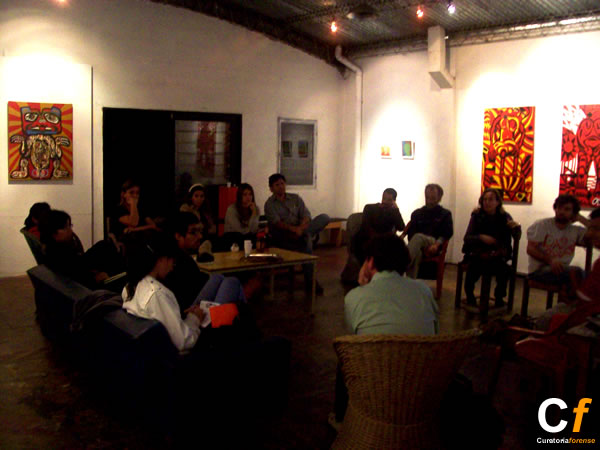
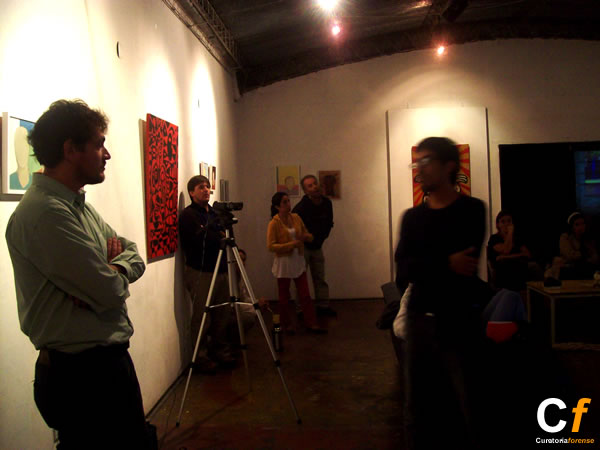
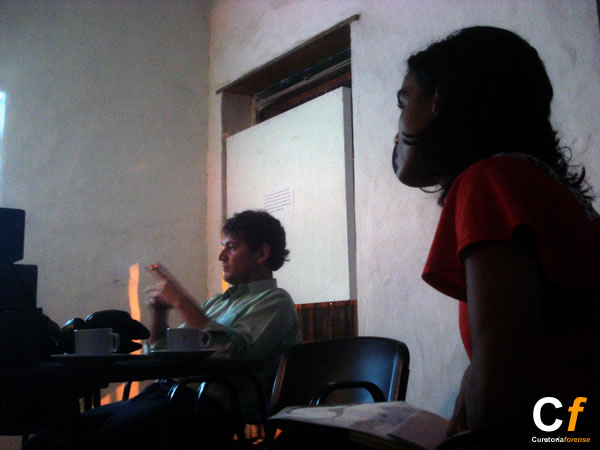
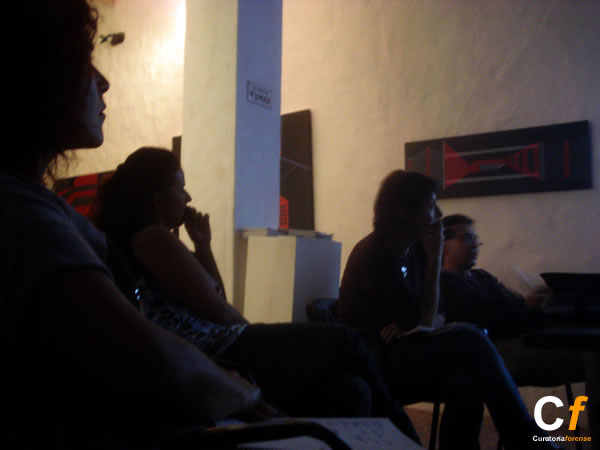


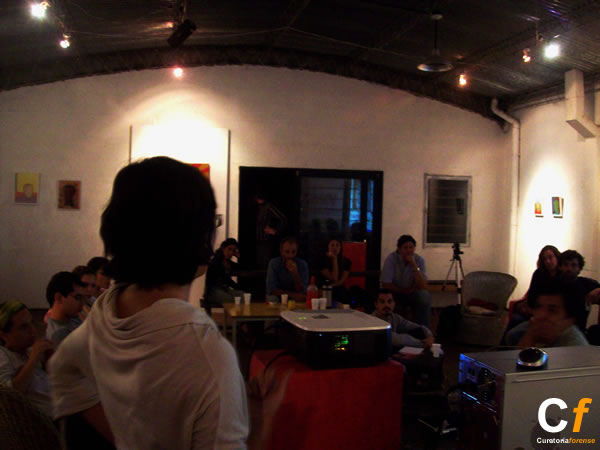


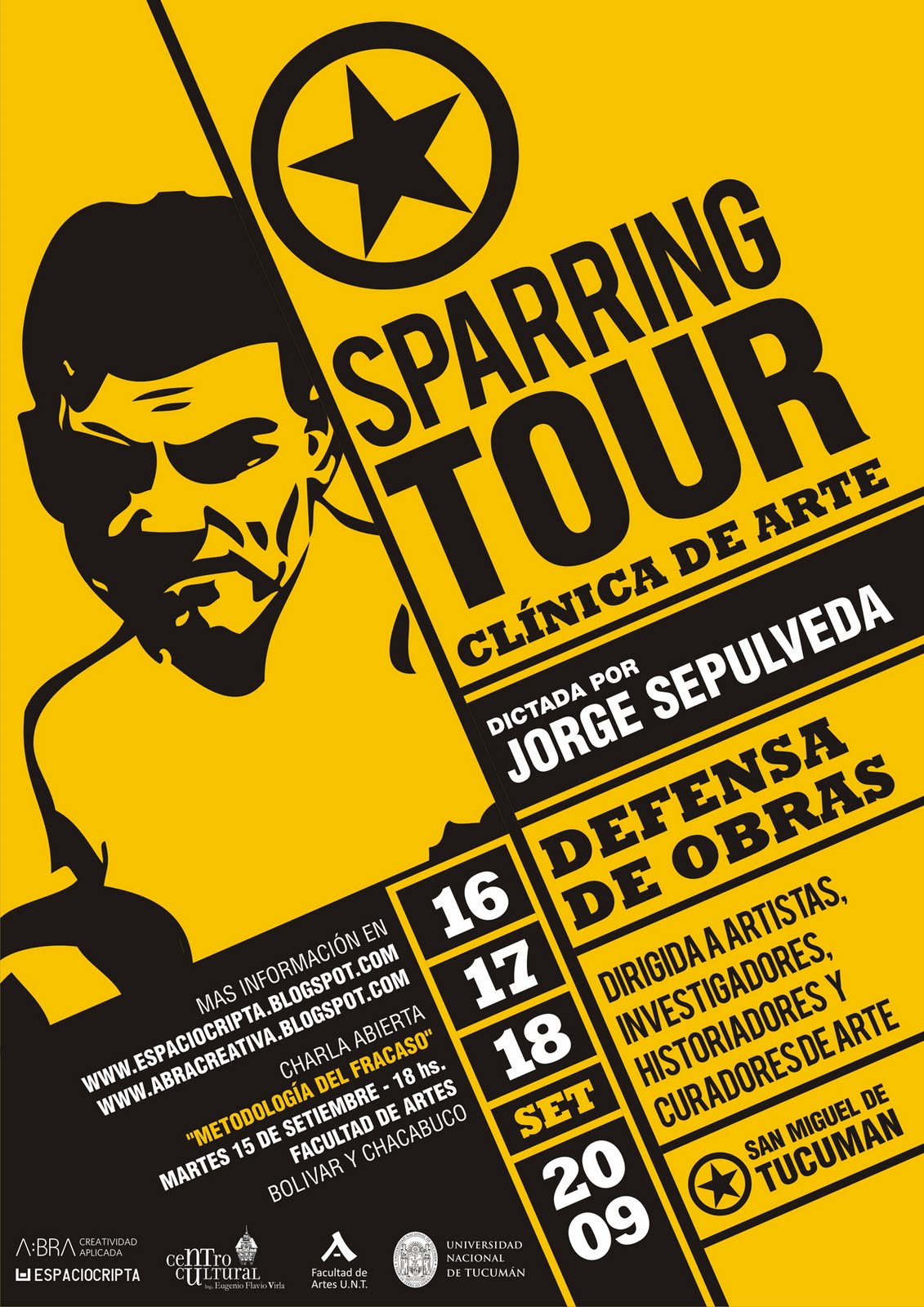



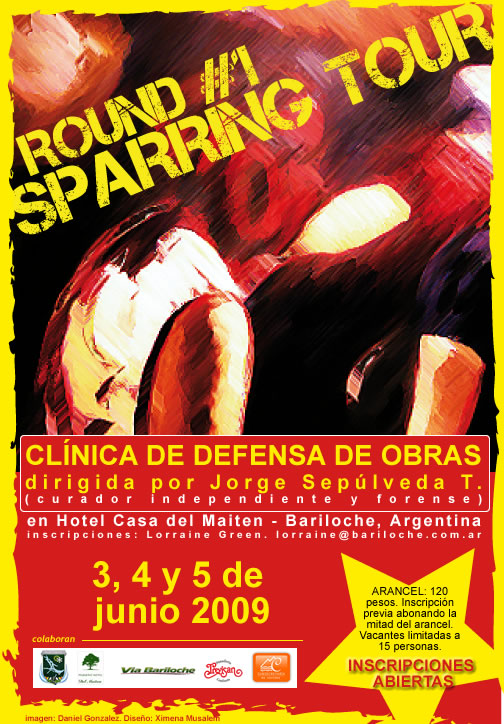

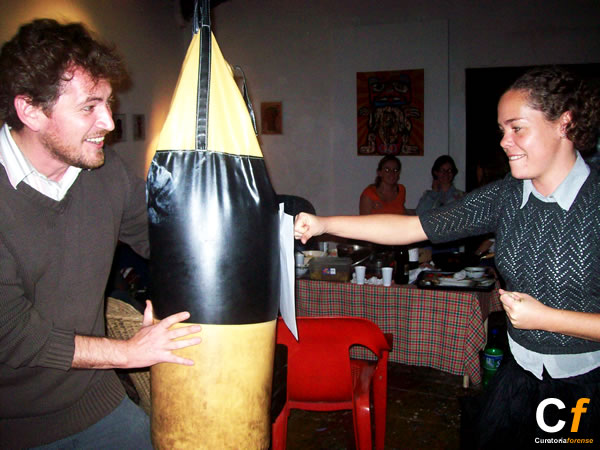
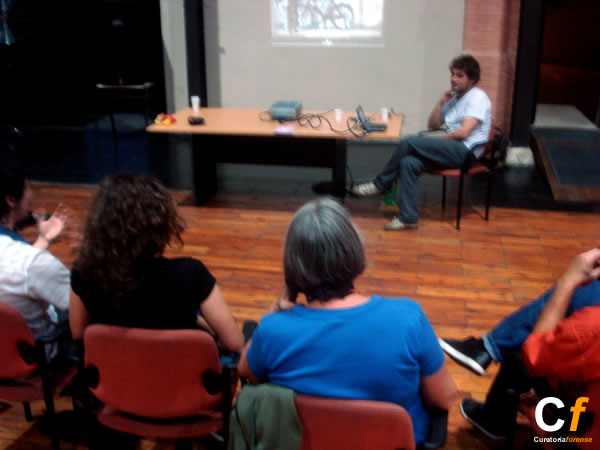
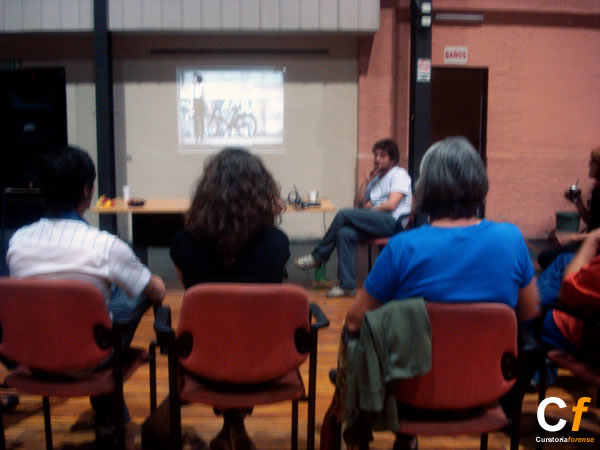

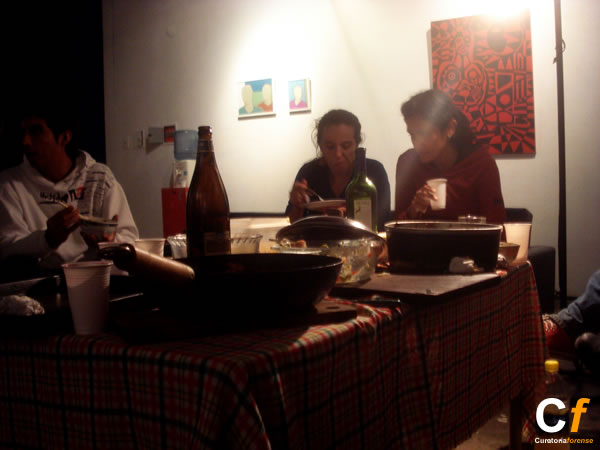
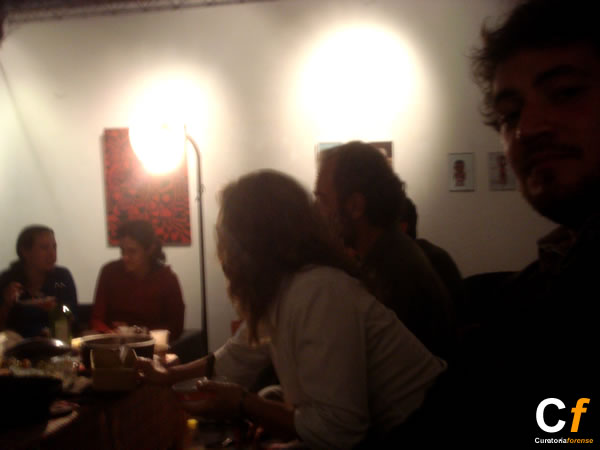
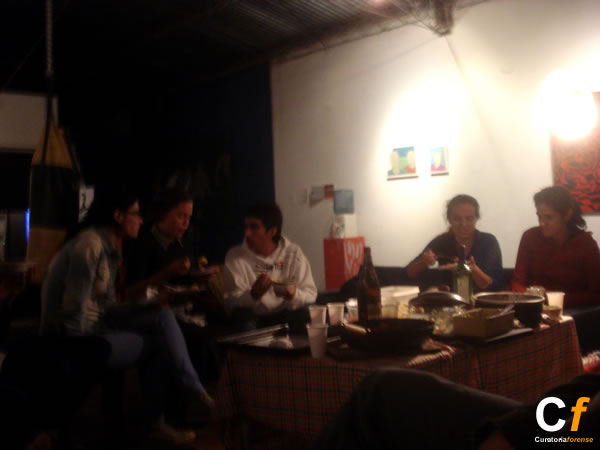

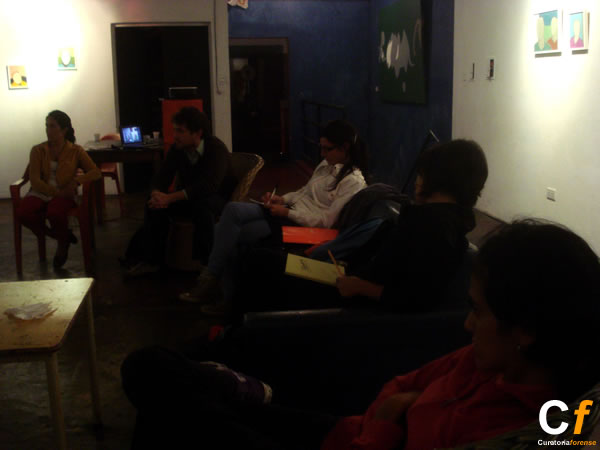

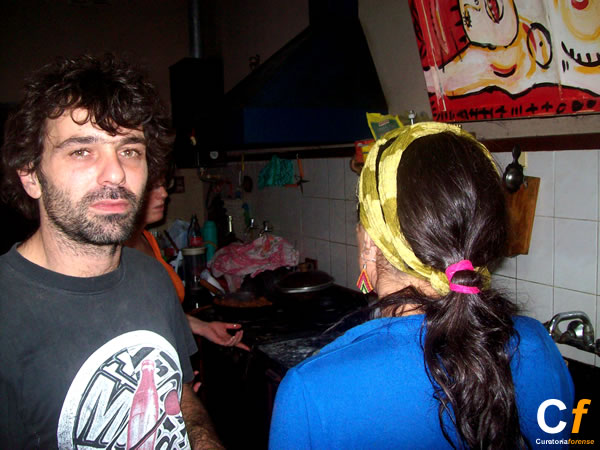


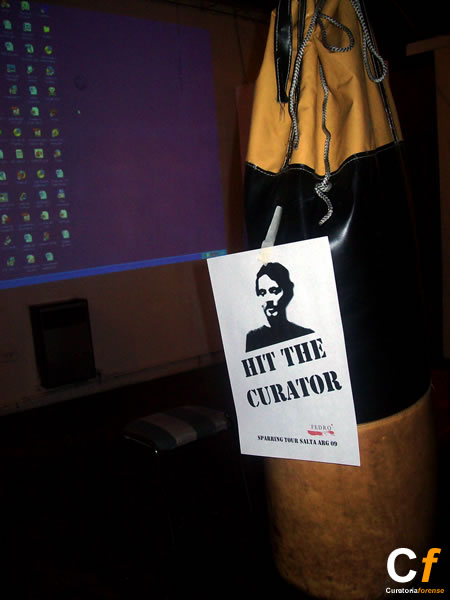
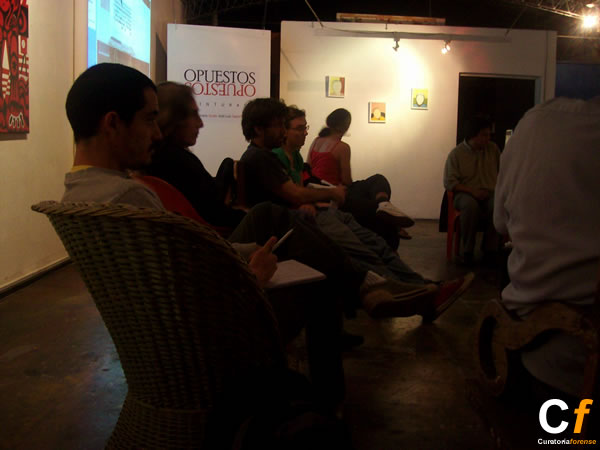
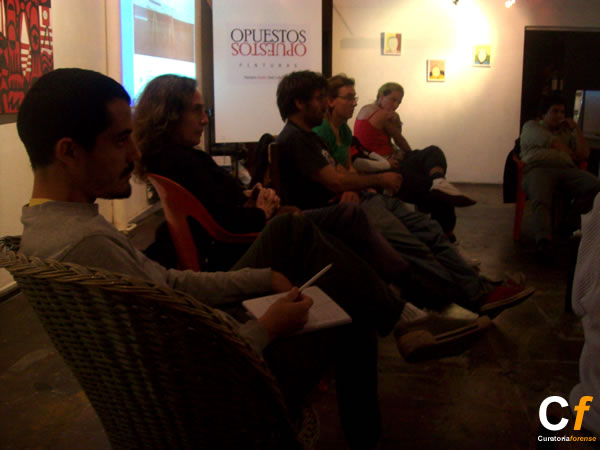
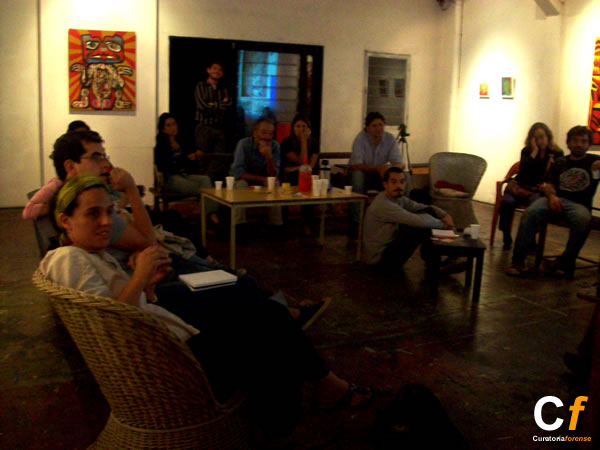
One response
[…] [english version] […]